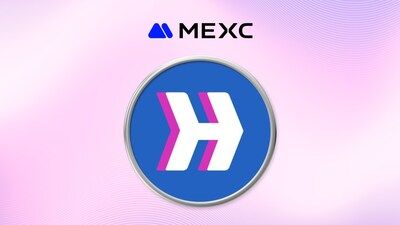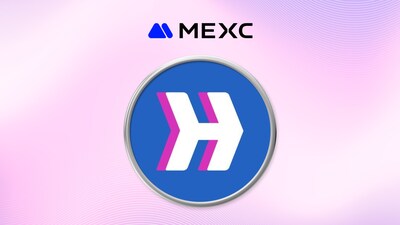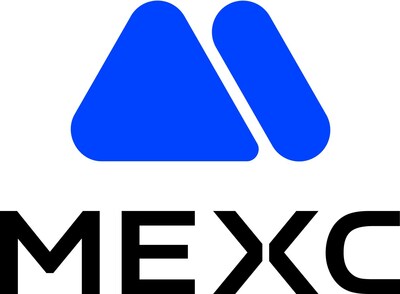Blockchain for Good Alliance Launches Global Accelerator and Fund with UNDP
DUBAI, UAE, April 24, 2025 /CNW/ — The Blockchain for Good Alliance (BGA), a global non-profit initiative, together with United Nations Development Programme (UNDP) and EMURGO Labs, has launched the SDG Blockchain Accelerator — a global effort aimed at harnessing blockchain-powered social impact initiatives across the UN Sustainable Development Goals (SDGs). This program aims to equip UNDP personnel and partners with the knowledge, technology, support, and mentorship necessary to develop, pilot, and scale blockchain-based solutions addressing real-world economic development challenges.
Supported by a global network of industry experts, this multi-year accelerator will onboard two cohorts annually, each running for a four month period, focusing on capacity building, solution development, and ecosystem growth. Leveraging Cardano‘s infrastructure and EMURGO Labs’ expertise, the program will deliver up to 40 blockchain solutions aligned with the SDGs, create an open-source resource hub, and promote cross-chain collaboration to broaden the impact of blockchain across the development sector.
Led by BGA Managing Partner Glenn Tan and members of the UNDP AltFinLab, the collaboration will span five global regions, offering funding and strategic support to blockchain projects tackling challenges across the 17 SDGs.
“At UNDP, we believe blockchain is not just a technology — it is a transformative force capable of reshaping how we address humanity’s most pressing challenges. This accelerator program is more than an initiative; it is a call to action for innovators worldwide to harness blockchain’s power to drive sustainable development. By fostering bold collaboration and leveraging its transparency and efficiency, we are paving the way for groundbreaking solutions that can uplift communities globally,” commented Teodor Petricevic, UNDP Accelerator Lead.
As a founding supporter of the Blockchain for Good Alliance, Bybit has worked closely with BGA across various initiatives to promote the use of blockchain for public good. Through its “Bybit Pool” initiative, the crypto exchange has committed US$1 million in funding to support EthicHub, a blockchain platform empowering and enabling smallholder farmers. This contribution supports ethical financing models and showcases blockchain’s potential in building transparent supply chains.
Expanding Impact Across Europe
BGA marked a significant milestone in January 2025 with its formal expansion into Europe, joining the UNDP Brussels Roundtable “Empowering the Future: A Strategic Dialogue on Emerging Technologies and Impact Entrepreneurship in the Western Balkans”. The roundtable brought together 30 key delegates from the UNDP, European Commission, top Web3 foundations, tech hubs, and policy think tanks — including the Ethereum Foundation, Solana Labs, Stellar Development Foundation, Algorand Foundation, Cardano Foundation, Celo, Metis, Cotrugli Business School, Science Technology Park Belgrade, BlackVogel, and the World Metaverse Council.
As part of its broader European strategy, BGA is actively engaging in grassroots initiatives, forging strategic partnerships, and contributing to high-level policy dialogues. With blockchain increasingly recognized as a catalyst for transparent, inclusive, and sustainable development, BGA welcomes collaboration with like-minded organizations to advance real-world solutions and establish blockchain as a pillar of digital equity and innovation across the continent.
#Bybit / #TheCryptoArk / #BGA
About Bybit
Bybit is the world’s second-largest cryptocurrency exchange by trading volume, serving a global community of over 60 million users. Founded in 2018, Bybit is redefining openness in the decentralized world by creating a simpler, open and equal ecosystem for everyone. With a strong focus on Web3, Bybit partners strategically with leading blockchain protocols to provide robust infrastructure and drive on-chain innovation. Renowned for its secure custody, diverse marketplaces, intuitive user experience, and advanced blockchain tools, Bybit bridges the gap between TradFi and DeFi, empowering builders, creators, and enthusiasts to unlock the full potential of Web3. Discover the future of decentralized finance at Bybit.com.
For more details about Bybit, please visit Bybit Press
For media inquiries, please contact: media@bybit.com
For updates, please follow: Bybit’s Communities and Social Media
Discord | Facebook | Instagram | LinkedIn | Reddit | Telegram | TikTok | X | Youtube
About Blockchain for Good Alliance (BGA)
The Blockchain for Good Alliance (BGA) is a long-term collaborative non-profit initiative with key partners with the main aim to contribute to societal good by using blockchain technology to solve real world problems. By convening leaders, innovators, and organisations from across the blockchain community, BGA seeks to drive innovation, collaboration, and action towards a more sustainable and equitable world.
For more information
Email: hello@chainforgood.org
Website: www.chainforgood.org
Twitter: www.x.com/chainforgood
About UNDP
UNDP is the leading United Nations organization fighting to end the injustice of poverty, inequality and climate change. Working with our broad network of experts and partners in 170 countries, we help nations to build integrated, lasting solutions for people and the planet.
Learn more at www.undp.org
![]() View original content to download multimedia:https://www.prnewswire.com/news-releases/blockchain-for-good-alliance-launches-global-accelerator-and-fund-with-undp-302437153.html
View original content to download multimedia:https://www.prnewswire.com/news-releases/blockchain-for-good-alliance-launches-global-accelerator-and-fund-with-undp-302437153.html
SOURCE Blockchain for Good Alliance (BGA)

Featured Image: depositphotos @ akulamatiau











